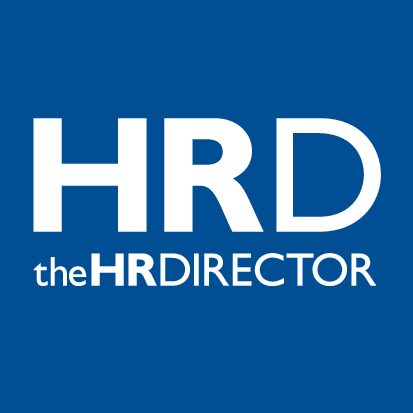The UK has suffered from poor productivity growth for over a decade. While other comparable economies have likewise struggled, the UK is faring especially poorly. As reports have shown, the UK’s output per hour worked has been lower than France, Germany, and the United States.
It goes without saying that organisations can’t fix the nation’s productivity woes alone. That said, many business leaders are feeling pressured to address their output issues – as well as drive Human Capital Management (HCM) efficiencies more generally. This is a wise idea, especially in light of the other pressures on business. . After all, the job market is still tight, many industries are suffering from skills and staff shortages, and the cost-of-doing-business crisis is ongoing – putting pressure on budgets across the board.
Transitioning into a learning organisation
Thankfully, there are many ways to boost productivity and drive HCM efficiencies. One key approach is transitioning into a learning organisation. This essentially means instilling a culture of employee centric continuous training and development – one that encourages employees to stretch their abilities, experiment, and learn.
This is a good step to take, as building a workplace environment centred on continual growth taps into the human desire for self-improvement – something that can lead to increased job satisfaction and reduced staff turnover.
What’s more, creating a culture of learning can increase productivity by way of boosting motivation and engagement. When employees are actively involved in learning and trying out new approaches, they enjoy a sense of ownership over their work and feel in control of their careers.
Fortunately, transitioning into a learning organisation doesn’t necessarily require a significant financial investment. For example, in-house knowledge-sharing sessions don’t have to come with much or any additional cost at all. And if organisations leverage internal expertise by having senior employees conduct training sessions, this not only reduces training costs but also creates a sense of community.
Other strategies can also make a substantial impact on productivity, job satisfaction, and motivation. For example, implementing growth plans (which generally cost time rather than money to put in place) can be highly motivational. This is because employees typically stay engaged if they see a clear path for growth within the organisation – even if this involves them pursuing lateral career moves. Key to success though is employees taking ownership of their learning and development, not expecting their manager to own development – this is not school.
Other motivational strategies include enhancing manager-employee relationships and implementing a wellbeing support system such as mental health programmes, flexible work arrangements, and wellness initiatives. All of these things can contribute to a healthier work-life balance and reduce stress, increasing overall job satisfaction and motivation as a result.
Boosting HCM efficiencies
It’s important not to forget about tech. Harnessing the right HR software will help drive HCM efficiencies, supporting managers and employees making a learning culture a reality. Software is a cost-effective way of optimising many HR-related tasks. For example, HR software with an integrated Applicant Tracking System can help with in-house recruitment – automating tasks such as CV screening, interview scheduling, and follow-up communications. This eliminates bottlenecks and ensures a consistent, efficient, and professional process, enhancing the applicant experience as well as streamlining tasks for the HR team.
Using HR software to help with in-house recruitment is also a lot more cost-effective than hiring a recruitment agency. Recruitment agency fees can be a significant cost, especially for higher-level positions. While HR software involves an upfront investment, the ongoing costs are usually much lower compared to agency fees.
Once you’ve got the right talent onboard, HR software integrated with a learning management tool gives the framework to connect business objectives, with performance and learning. Providing a way to also measure the effectiveness and impact on productivity of this approach.
Motivated and engaged
Poor productivity can be a big problem in the workplace. Thankfully, there are a number of ways for businesses to address the issue and drive HCM efficiencies more broadly.
By implementing strategies such as training and development programmes and harnessing the right HR software, employers can create a workplace that motivates staff and encourages productivity.







